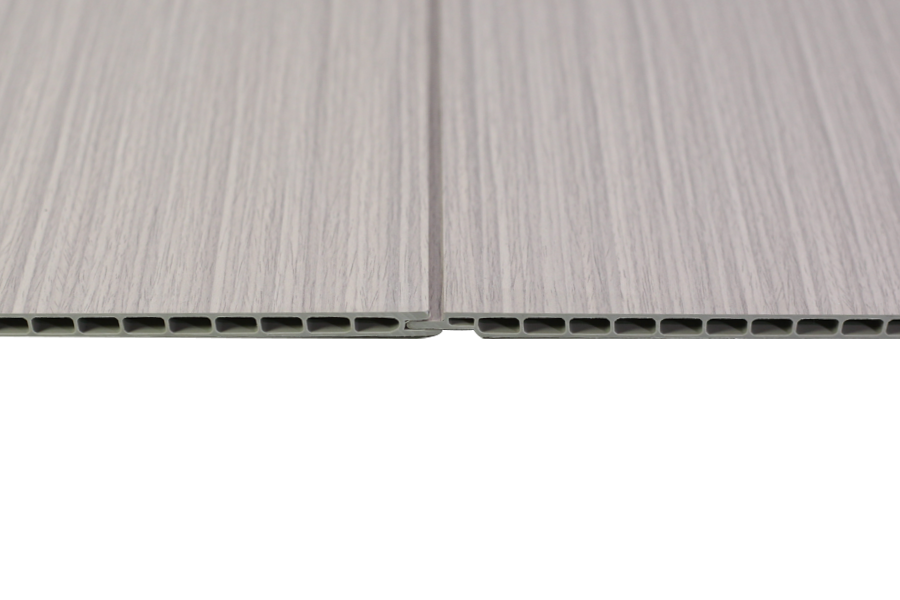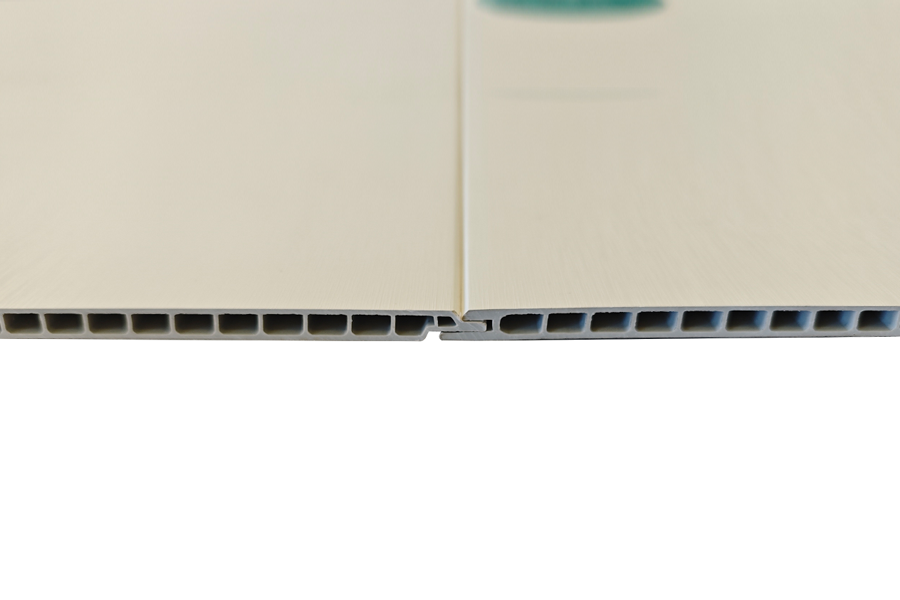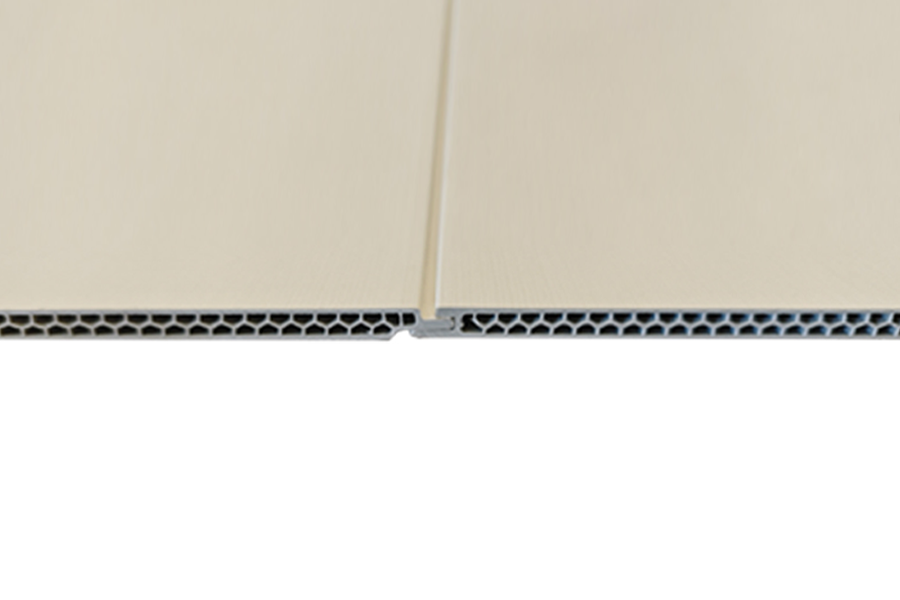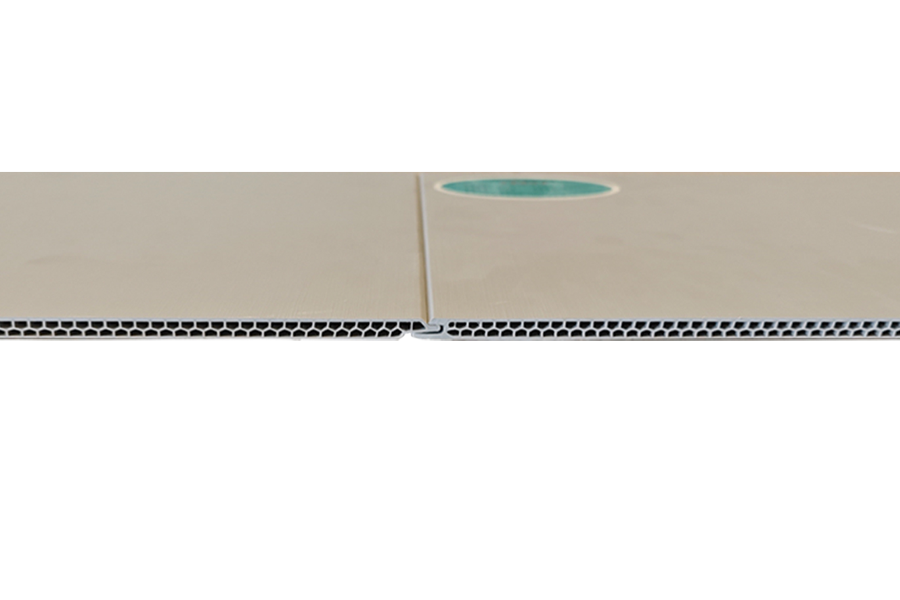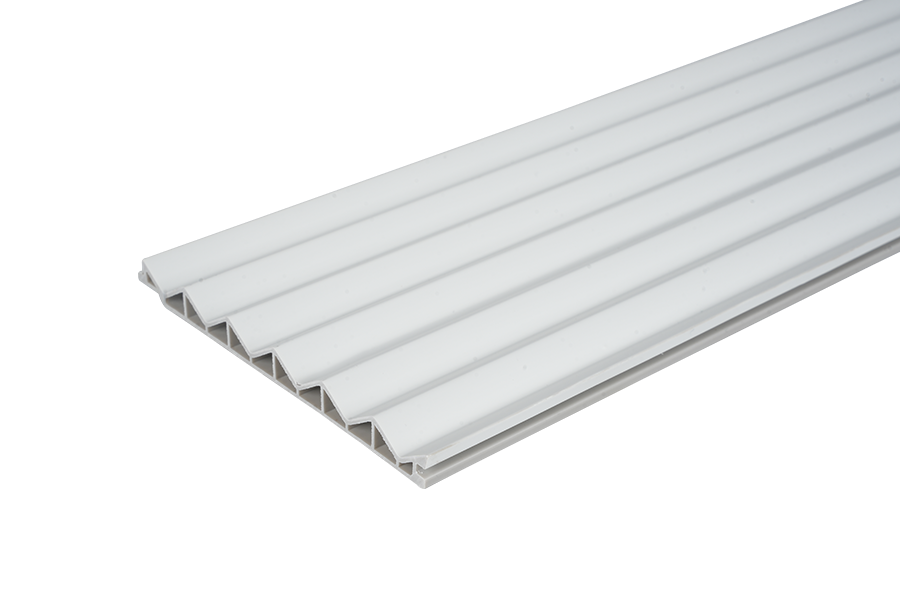Imagine walking into a busy cafe where the blender whirs, chairs scrape, and voices echo off every hard surface. Then picture stepping into a quieter corner lined with soft, wood-grained panels. The difference is not magic; it is the result of a well-designed acoustic wall board. In simple terms, an acoustic wall board is any flat sheet made to soak up sound instead of bouncing it back. ones share four key qualities: open pores, the right thickness, a stable core, and an attractive face. Let's break those down in everyday language.
Think of sound like water. When it hits a smooth tile, it splashes everywhere. When it meets a sponge-like surface, it flows inside and loses energy. An acoustic wall board works like that sponge. Tiny holes in the surface let the sound waves enter, then the waves wiggle around inside until they fade away. If the pores are too small or sealed, the sound simply ricochets and the room stays loud.
Thickness matters. A whisper-thin sticker cannot absorb much rumble, just as a paper towel cannot dry a wet floor. A thicker acoustic wall board has more room for sound to travel and die out. Yet thicker does not have to mean bulky. Modern factories can make a slim wall panel board that still traps plenty of noise by using layered fibers.
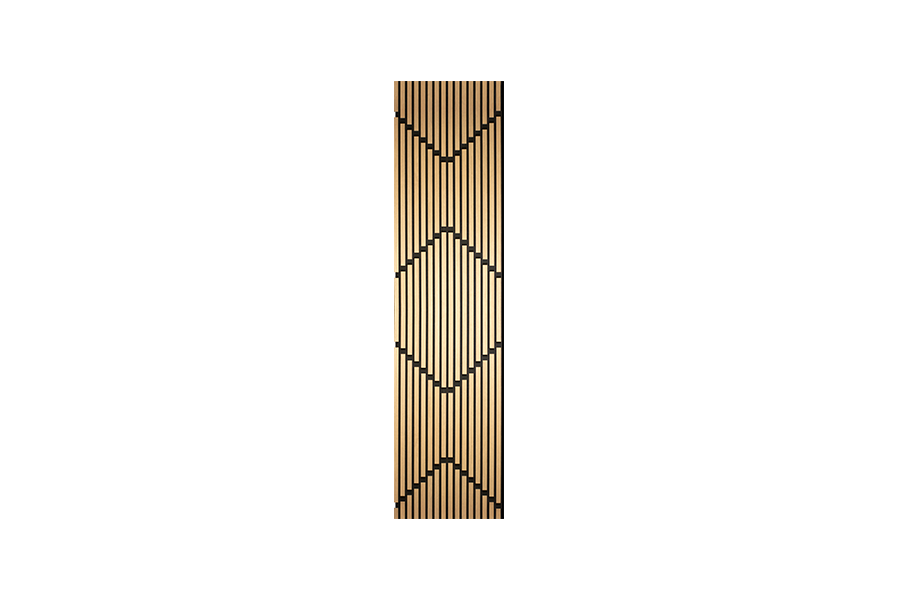
The core must stay stable. Some early boards sagged when humidity rose, leaving gaps where sound could sneak through. Today's wood acoustic wall panel uses a mix of wood fibers and binders that stay flat and firm. This stability keeps the pores open and the performance steady year after year.
Looks count. People do not want to stare at dull gray foam. A wood acoustic wall panel can show real oak grain, a warm walnut tone, or even a painted finish while still doing its quiet job. Because the decorative layer is thin, it does not block the pores beneath. You get beauty and hush in one piece.
Put these four qualities together and you have an acoustic wall board that truly lowers noise. Install it on a noisy office wall and phone calls become clearer. Line a home theater with the same wall panel board and movie dialogue no longer fights with echoes. The principle stays the same whether the room is large or small.
Placement is just as important as the board itself. An acoustic wall board above head height helps with flutter echo, while panels behind seating tame direct reflections. A single wood acoustic wall panel behind a sofa can make family TV time far more pleasant. You do not need to cover every inch; a few well-placed sheets often do the trick.
Maintenance is simple. Dust can clog the tiny pores, so a quick wipe with a dry cloth keeps the wall panel board working like new. Avoid soaking the surface; water can swell cheaper cores and close the airways. A quality wood acoustic wall panel is sealed on the face, so everyday cleaning is worry-free.
Cost need not be high. A basic acoustic wall board costs less than a dinner out, and many brands offer peel-and-stick backing for DIY projects. If you crave luxury, a premium wood acoustic wall panel with real veneer is still cheaper than replacing noisy appliances.
Remember that every material has limits. An acoustic wall board quiets echo, but it will not stop a drum set next door. For that you need extra layers and seals. Yet for most homes and offices, the right wall panel board turns a shout into a murmur and a clatter into a gentle tap.
What makes an acoustic wall board effective? It is the right mix of open pores, sensible thickness, a stable core, and a finish you actually like. Choose those four qualities, hang the board where sound hits hardest, and enjoy a calmer space without fuss.






 Español
Español عربى
عربى русский
русский
